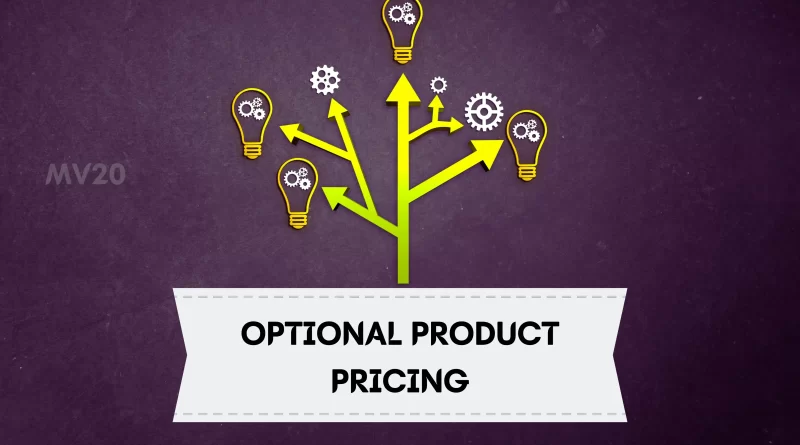Optional Product Pricing In Marketing [Example Of Smartphone Industry]
Are you tired of the traditional pricing strategies that just don’t seem to be working well for your business? Well, today we’re going to talk about optional product pricing and how it can help boost your sales and profits.
But before we dive in, let’s clear up one thing: optional product pricing is not the same as add-on pricing. Add-on pricing involves charging extra for additional features or services, while optional product pricing involves offering different versions of the same product at different price points.
Now that we’ve got that straight, let’s dive in and explore all the ins and outs of optional product pricing.
What is Optional Product Pricing?
Optional product pricing is a pricing strategy where a company offers different versions of the same product at different price points. The idea is to give customers a range of options to choose from, with each option having a different set of features and a corresponding price.
For example, a car manufacturer might offer a base model of a car at a lower price point, and then offer additional features such as a sunroof or navigation system as options at higher price points.
Why Use Optional Product Pricing?
There are several reasons why a company might choose to use optional product pricing:
It allows customers to choose the option that best fits their budget and needs.
It can increase sales by appealing to a wider range of customers.
It can also increase profits by offering customers the option to pay more for additional features.
It allows the company to segment the market and target different customer groups with different price points.
It also helps in creating a sense of exclusivity among the customers who opts for the high end version of the product.
Examples of Optional Product Pricing
Here are a few examples of companies that use optional product pricing:
The car industry is a prime example of optional product pricing. Car manufacturers often offer a base model at a lower price point and then offer additional features such as a sunroof or navigation system as options at higher price points.
Software companies also use optional product pricing. For example, Microsoft Office offers a basic version of the software at a lower price point and then offers additional features such as advanced formatting options and collaboration tools as options at higher price points.
Even in fast food industry, McDonald’s offers different versions of their burgers at different price points, for example a basic burger at low price point and a deluxe version at a higher price point.
Smartphone Industry Optional Product Pricing Example
An example of optional product pricing can be found in the smartphone industry. Many smartphone manufacturers offer different versions of their phones at different price points. For example, Apple offers the iPhone SE at a lower price point, while the iPhone 12 Pro Max is offered at a higher price point.
The iPhone SE is a basic model with a smaller screen, lower resolution camera and no face ID. While, the iPhone 12 Pro Max has a larger screen, higher resolution camera and Face ID, as well as other advanced features such as 5G connectivity and a more powerful processor.
Customers can choose the option that best fits their budget and needs, for example, a budget-conscious customer might choose the iPhone SE, while a professional photographer might choose the iPhone 12 Pro Max for its advanced camera features.
This pricing strategy allows the company to target different customer groups with different price points and also allows customers to pick the phone that best fits their needs and budget.
Ending Thoughts!
By offering different versions of the same product at different price points, you can appeal to a wider range of customers and increase profits by offering customers the option to pay more for some additional features.
Just remember, when using optional product pricing, it’s your responsibility to be transparent and clear with customers about what each option includes.
Also read the below:




